Title
EDIT NapoliPosted In
ExhibitionDuration
06 June 2019 to 09 June 2019Venue
Complesso di San Domenico MaggioreLocation
| Detailed Information | |||||
|---|---|---|---|---|---|
| Title | EDIT Napoli | Posted In | Exhibition | Duration | 06 June 2019 to 09 June 2019 |
| Venue | Complesso di San Domenico Maggiore | Location |
Naples
Italy | ||
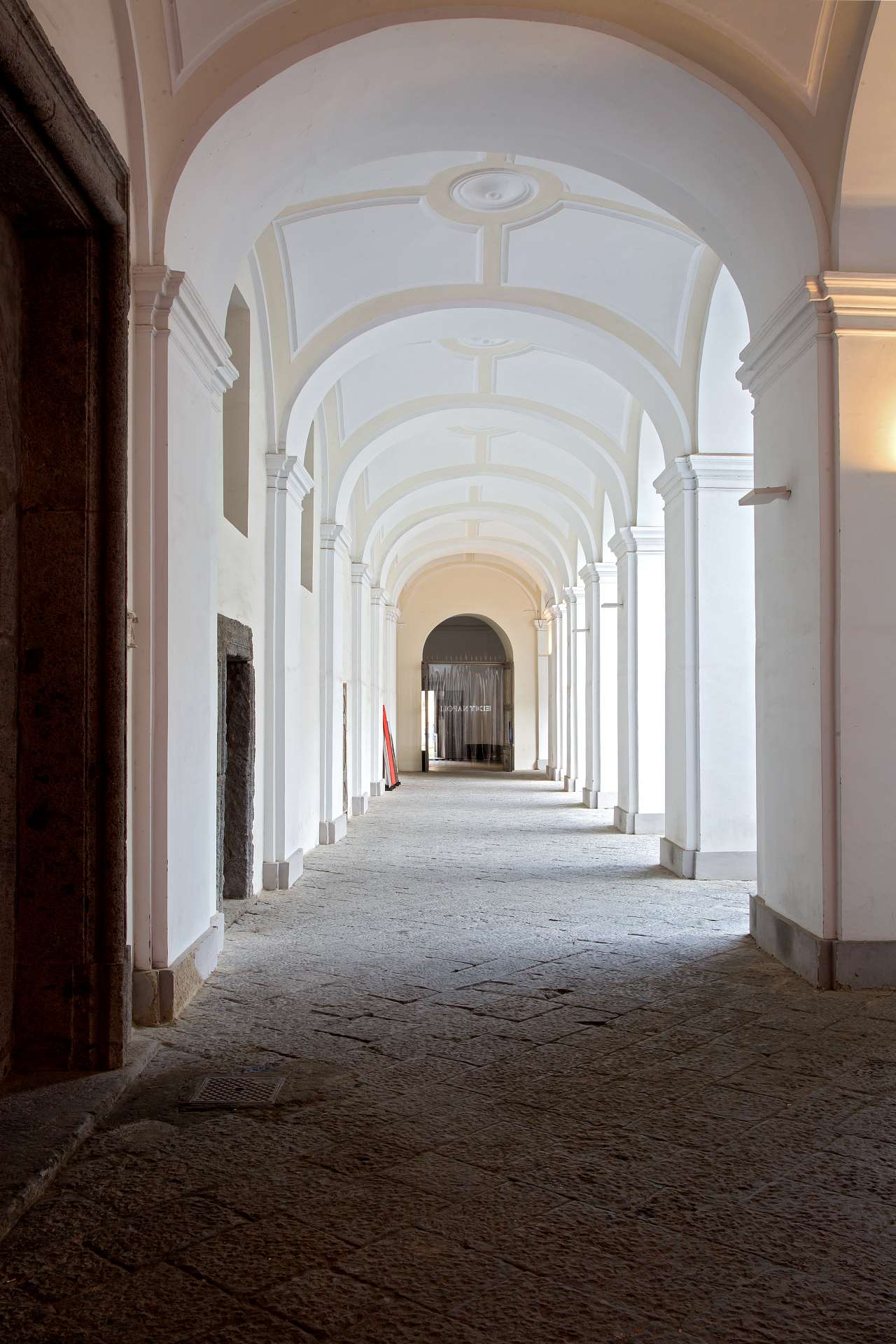
EDIT Napoli, Entrance to the courtyard of the San Domenico Maggiore complex. Photo © Roberto Pierucci.
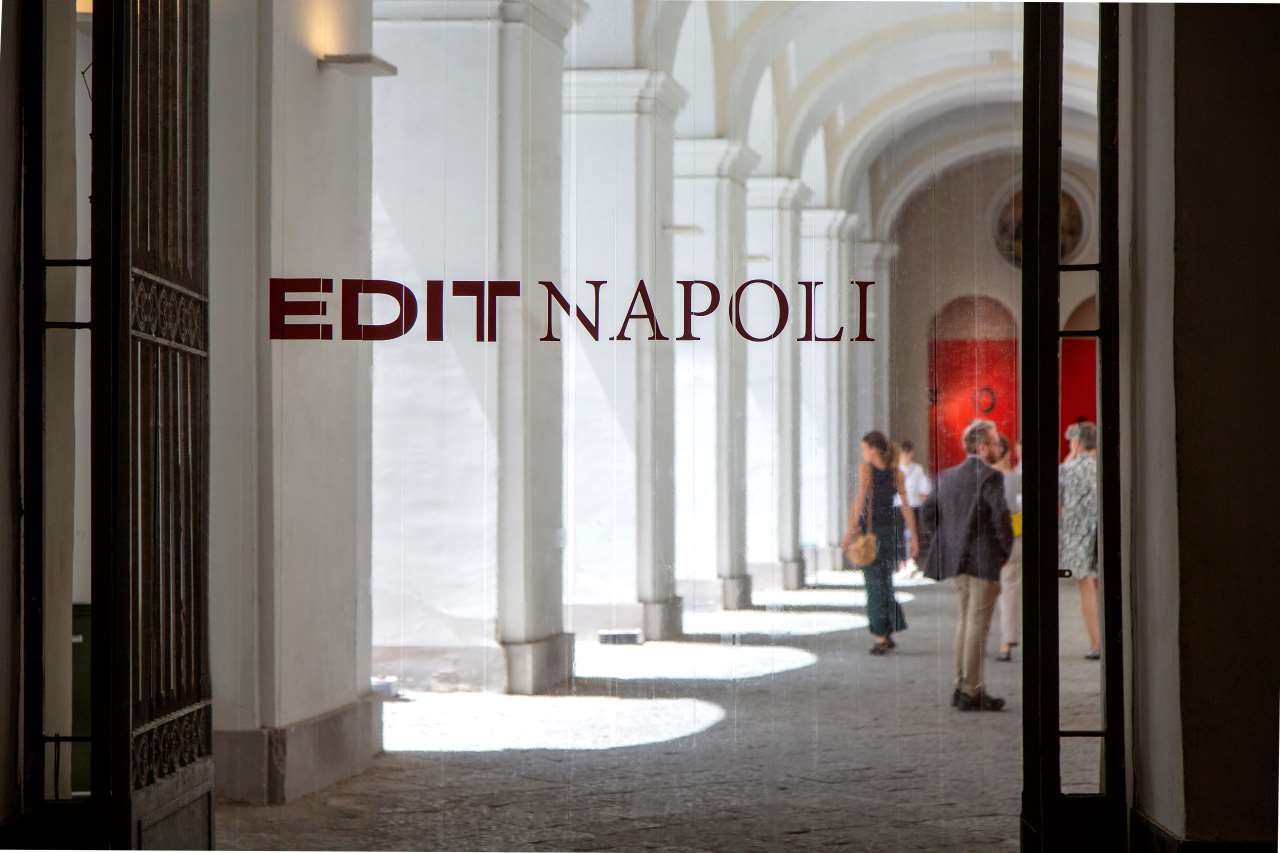
EDIT Napoli. Entrance to the courtyard of the S Domenico Maggiore complex. Photo © Roberto Pierucci.
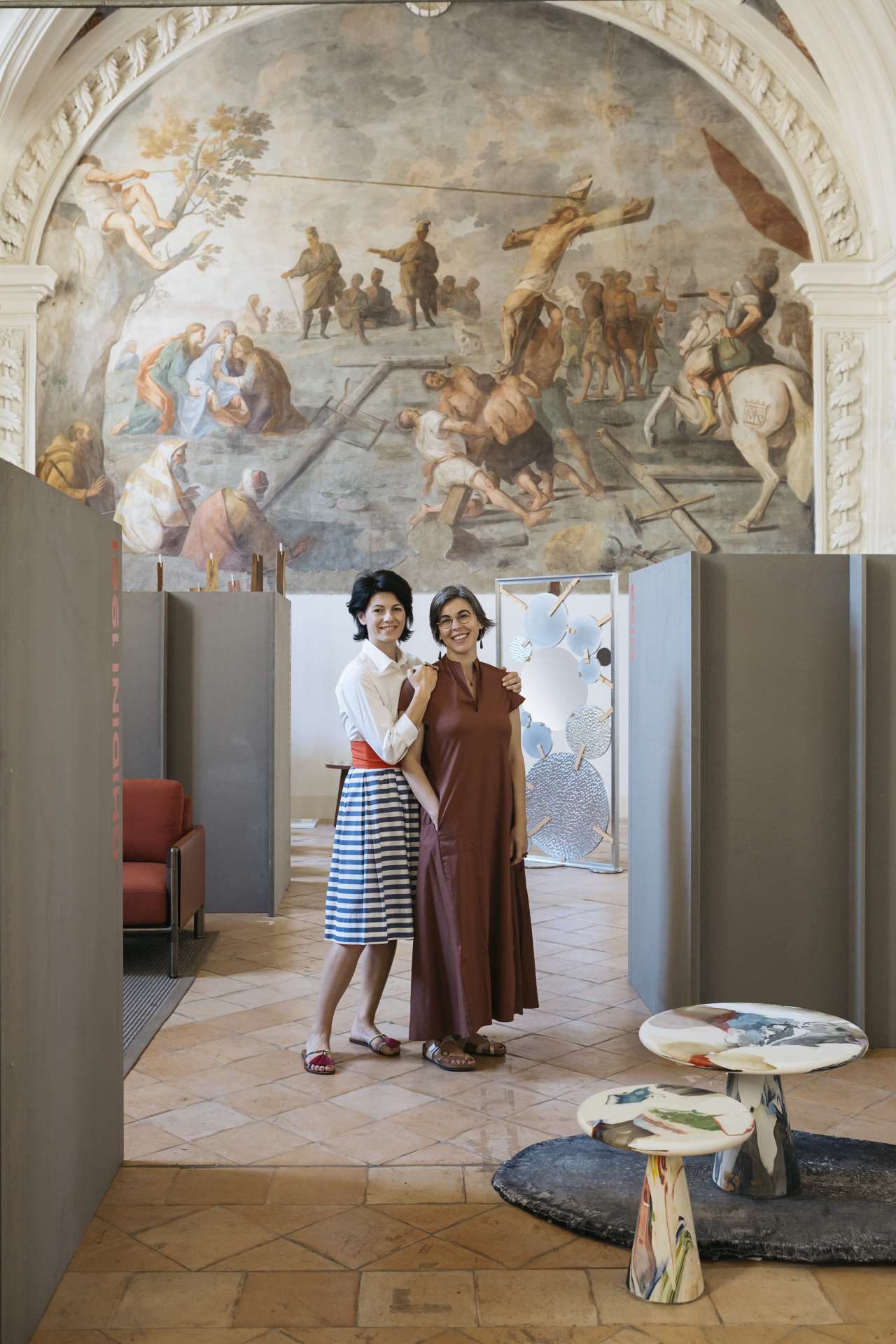
Emilia Petruccelli and Domitilla Dardi photographed in the Sala del Capitolo. Photo © Lea Anouchinsky.
EDIT Napoli’s mission to promote designers who bridge the past and future could not have found a more suitable location than the Monastery of San Domenico Maggiore which along with the adjoining church is a veritable architectural palimpsest. Built in the 13th century, around a small church dating back to the 10th century, the Gothic edifice served as a Benedictine and then Dominican monastery as well housed the original seat of the University of Naples, where philosopher, theologian and priest Thomas Aquinas studied and later taught theology. In the 17th century, the complex underwent a Baroque makeover and an ambitious expansion including the vaulted Sala del Capitolo.
A marvel of Neapolitan Baroque, featuring ornate stucco bas-reliefs by Neapolitan sculptor Cosimo Fanzago and magnificent frescoes by Sicilian painter Michele Ragolia on the vaulted ceiling and rear wall, the majestic Sala functioned as the design fair’s main exhibition space, fostering a dialogue between contemporary design, traditional craftsmanship and cultural heritage.
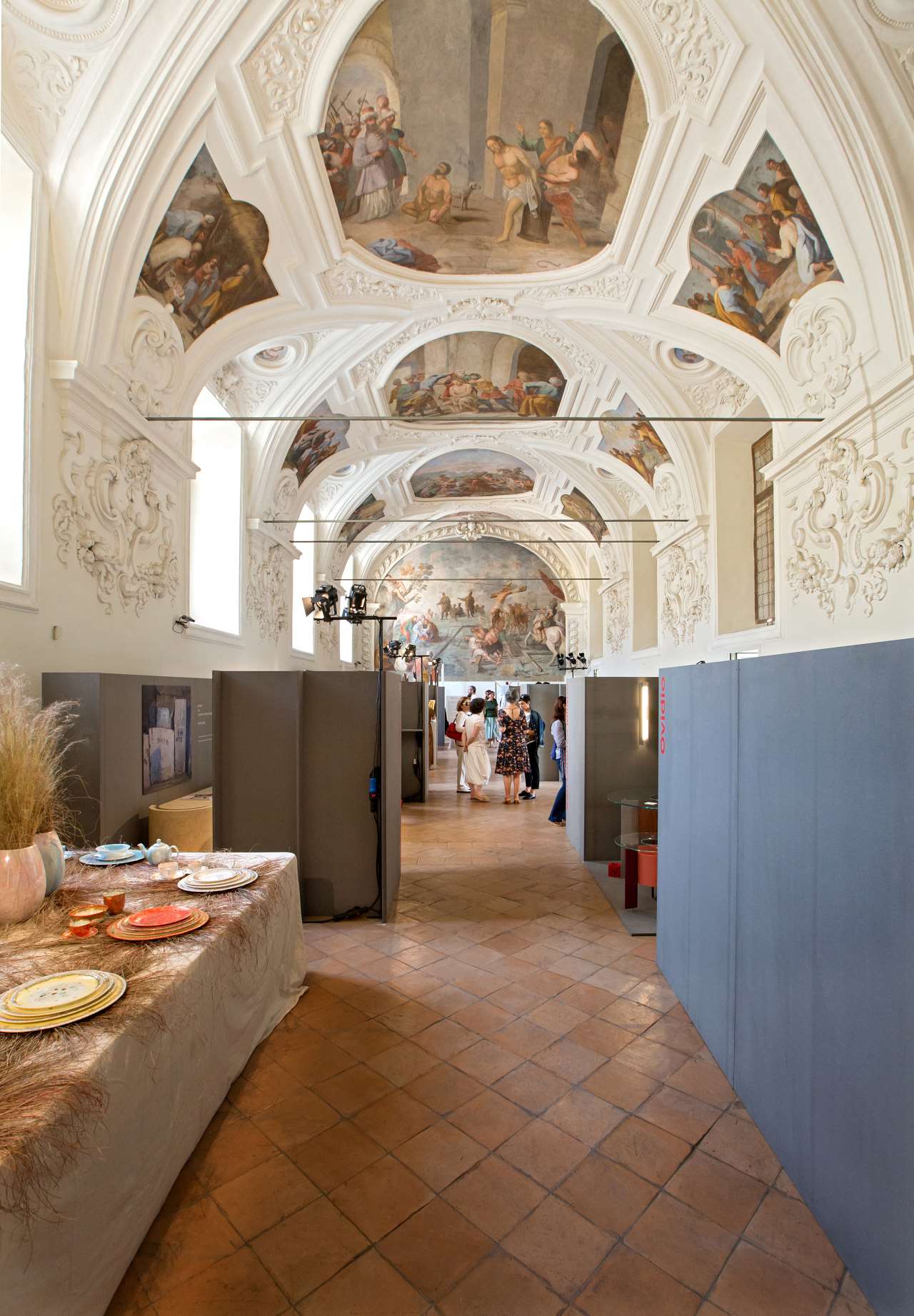
EDIT Napoli exhibition view, Sala del Capitolo in the Complex Chapter San Domenico Maggiore. Photo © Roberto Pierucci.

EDIT Napoli exhibition view, Andrea Anastasio. Photo © Roberto Pierucci.

EDIT Napoli, Andrea Anastasio rug (detail). Photo © Roberto Pierucci.
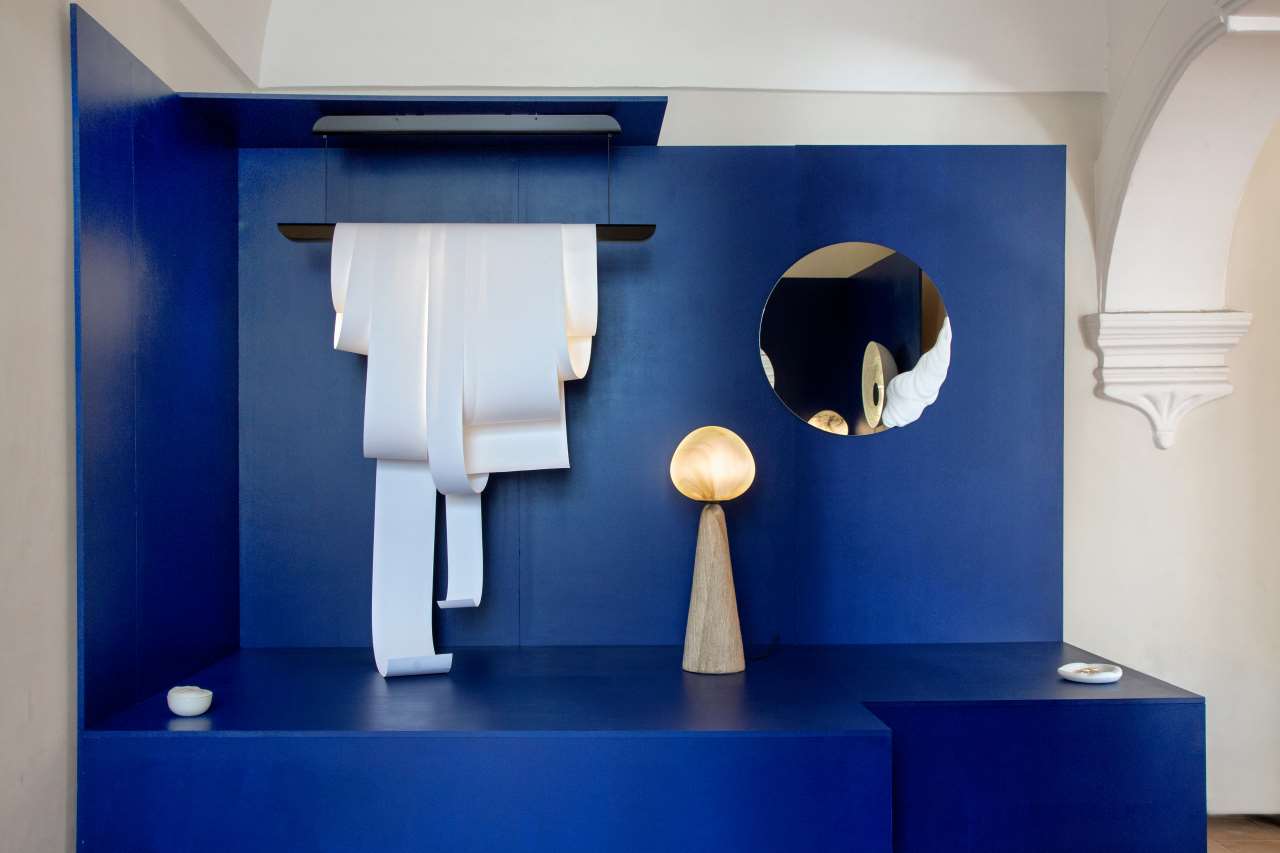
EDIT Napoli exhibition view, Constance Guisset. Photo © Roberto Pierucci.
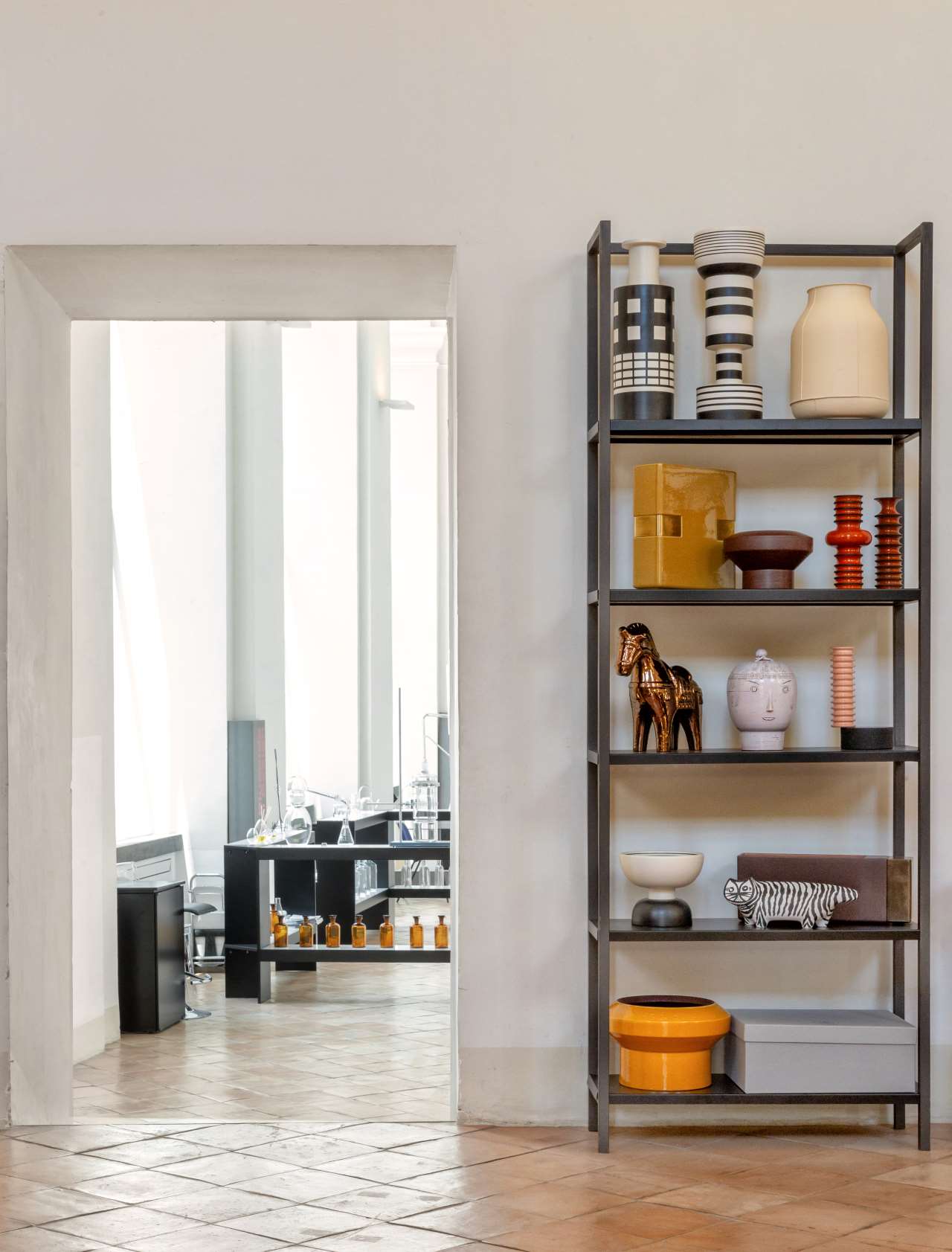
EDIT Napoli exhibition view, Bitossi Ceramiche. Photo © Roberto Pierucci.
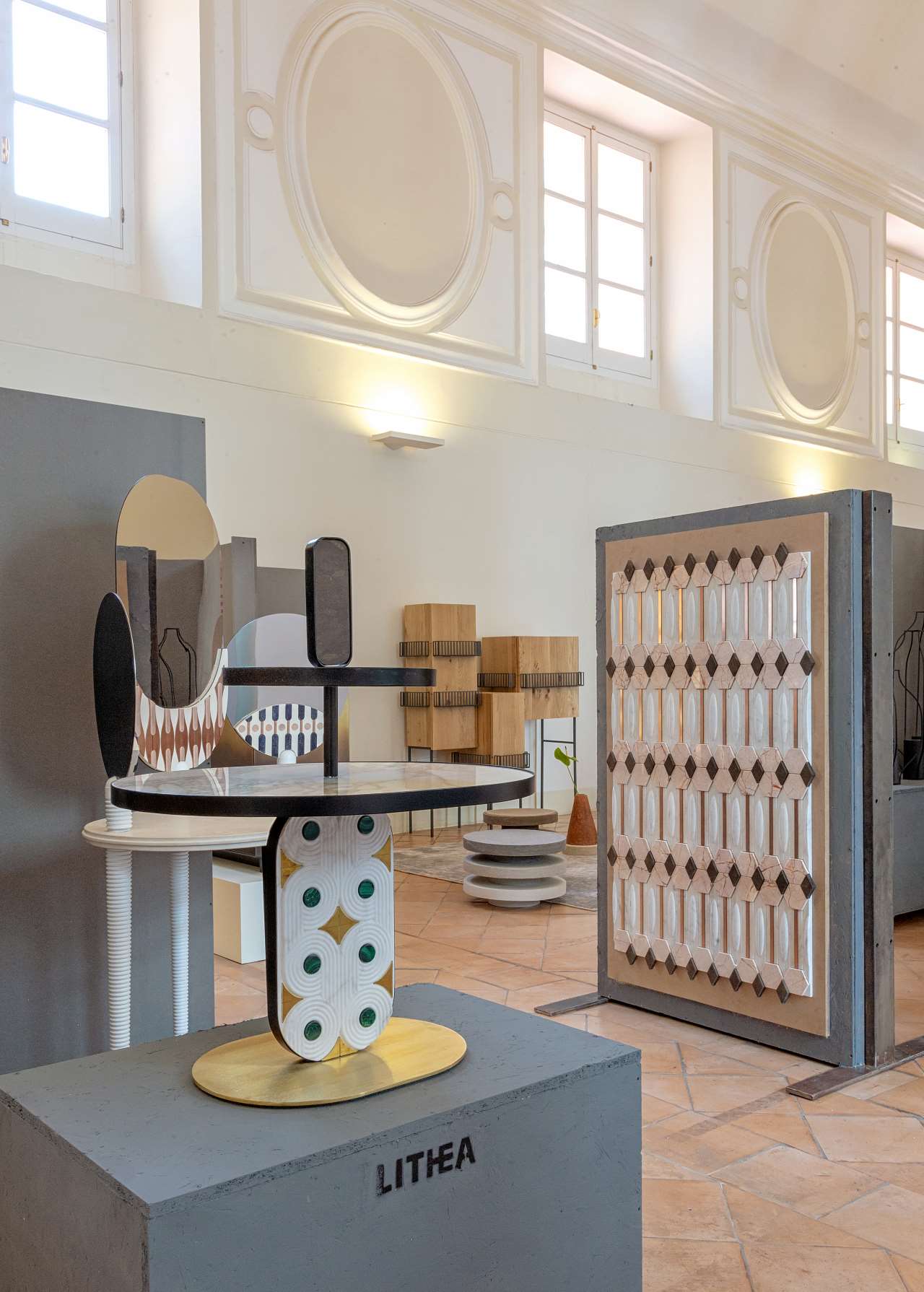
EDIT Napoli exhibition view, Lithea . Photo © Roberto Pierucci.
A few of the talented creatives that caught our eye included Italian designer Victoria Episcopo, whose gently rocking Monstera throne was inspired by the swaying Monstera Deliciosa leaves the designer encountered on a trip to Mexico, Rome-based designer Andrea Anastasio, who incorporated copper rivets into Kazakh rugs by devising a special technique in collaboration with a Lombardian artisan for puncturing holes without fraying, and French designer and scenographer Constance Guisset whose self-produced light fittings draw from her interest in set design, choreography and the solar system.
We were also impressed by the exquisite work of Italian artist and glass designer Simone Crestani including his hand-cut and hand-polished 'Bubble Mirrors' adorned with delicate silver glass bubbles made using traditional Venetian techniques, and his 'Glass Bonsai' sculptures which uncannily marry the man-made and the organic.

EDIT Napoli exhibition view, Simone Crestani. Photo © Roberto Pierucci.
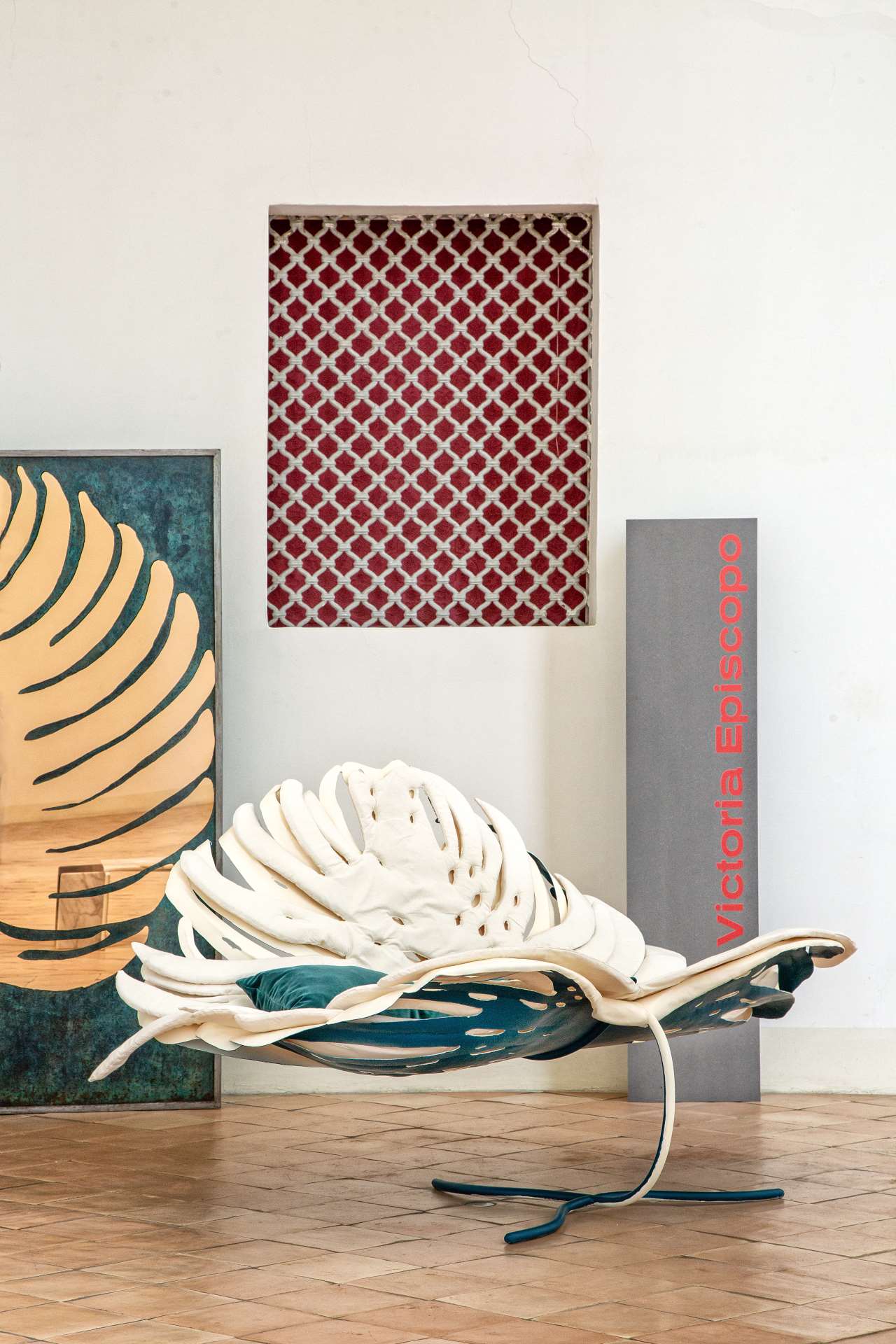
EDIT Napoli exhibition view, Victoria Episcopo. Photo © Roberto Pierucci.
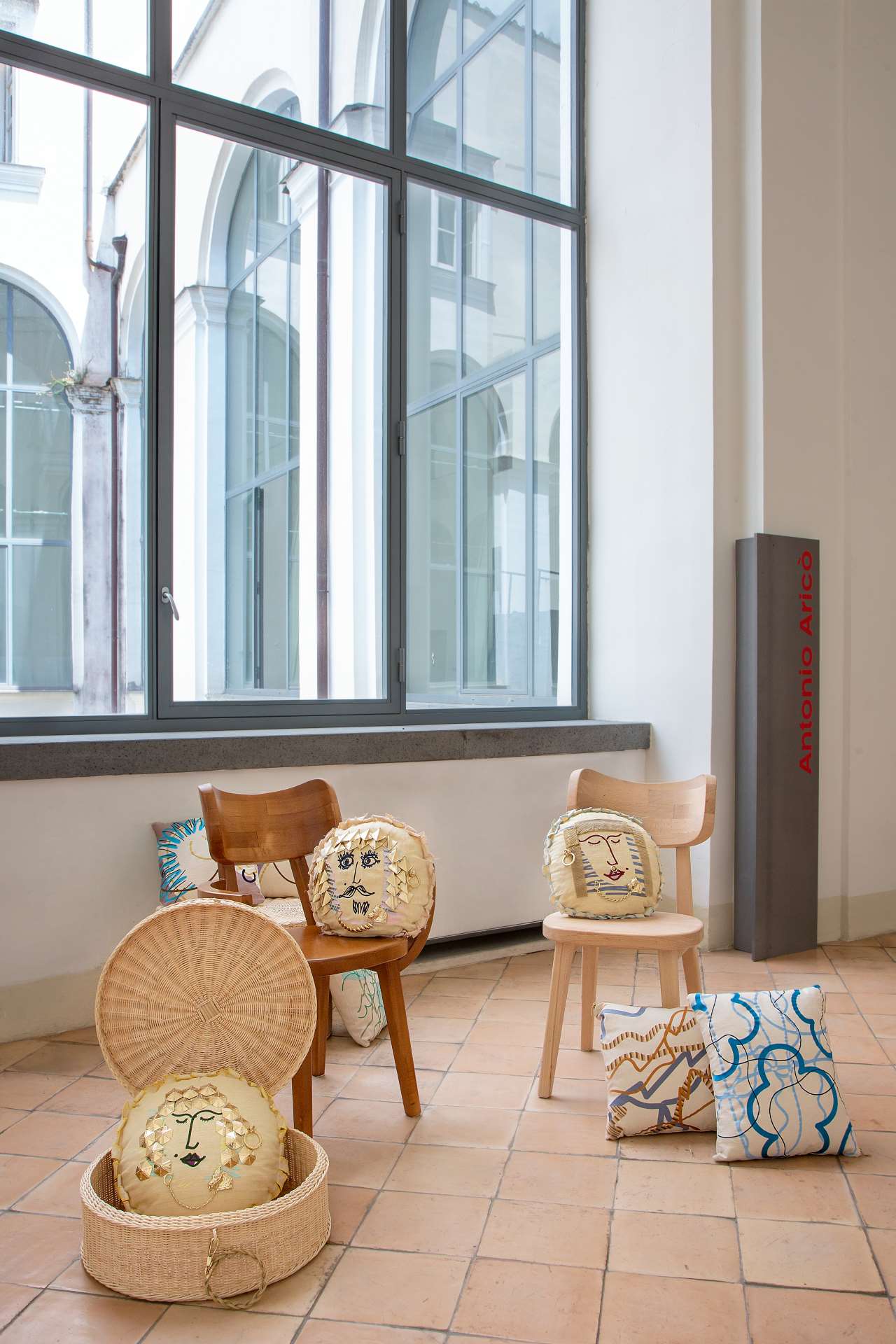
EDIT Napoli exhibition view, Antonio Aricò. Photo © Roberto Pierucci.
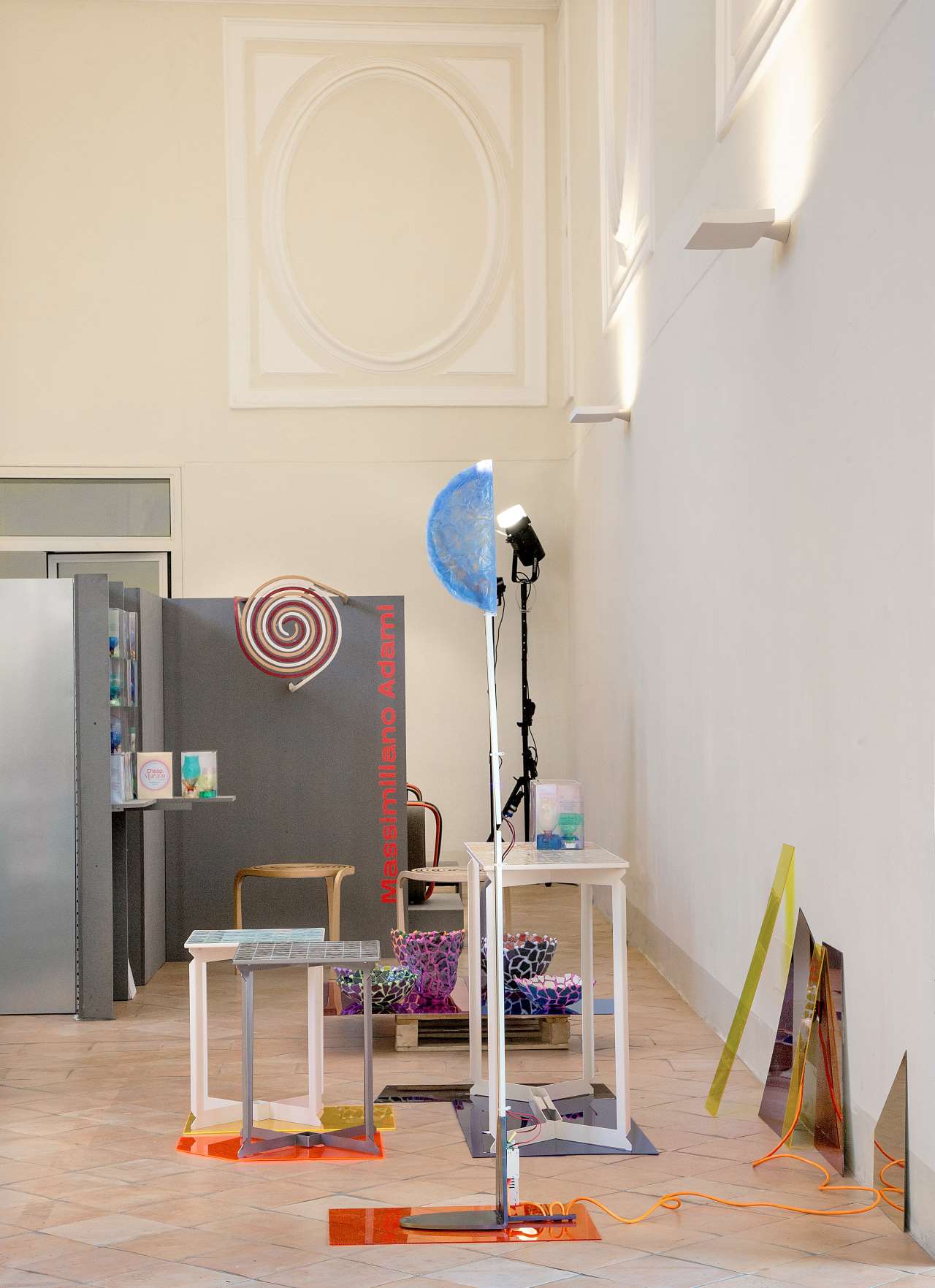
EDIT Napoli exhibition view, Massimiliano Adami. Photo © Roberto Pierucci.
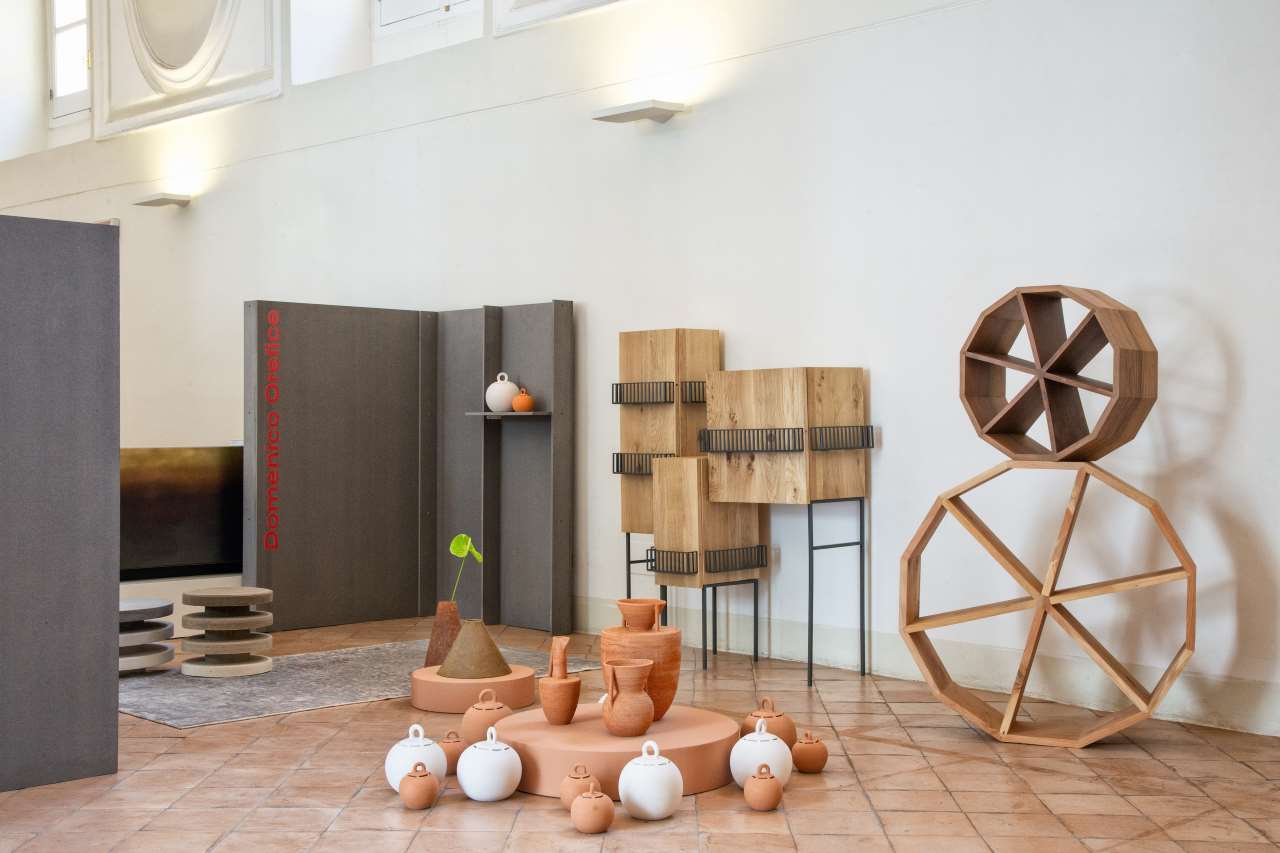
EDIT Napoli exhibition view, Domenico Orefice. Photo © Roberto Pierucci.
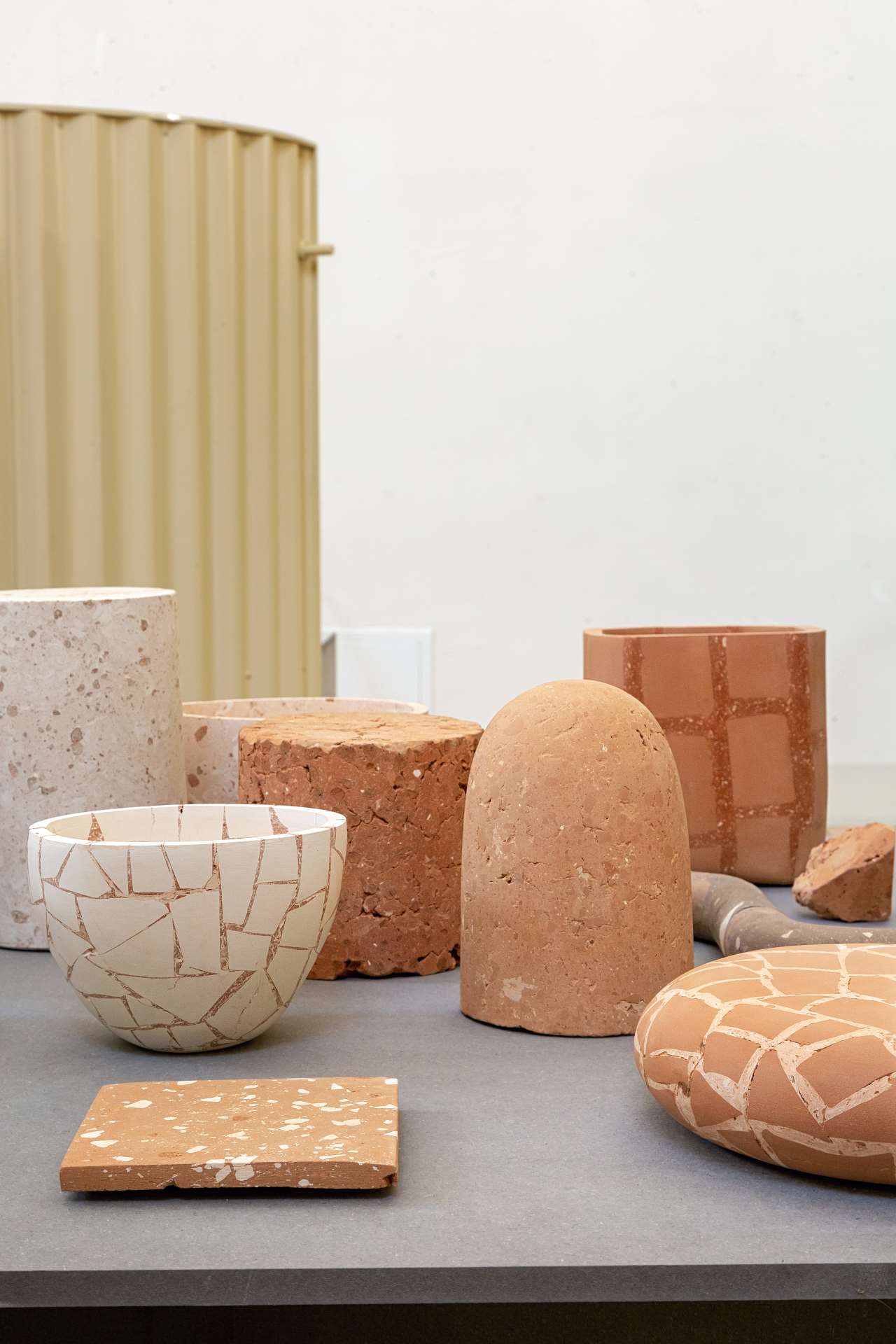
EDIT Napoli exhibition view, Gaetano di Gregorio. Photo © Roberto Pierucci.
Challenging the traditional chain of production and distribution, EDIT Napoli’s residency program saw three international young designers working hand-in-hand with local artisans to transform their one-off artworks into replicable collections under the brand-new Made in EDIT label.
Amsterdam-based Italian duo Faberhama’s Paola Amabile and Alberto Fabbian teamed up with textile manufacturer De Negri & Za.Ma. in San Leucio, a town in the Campania region which has been known since the 18th century for its silk weaving tradition, to create a unique double side silk textile which they combined with a walnut wooden bed and bench for their two-piece ‘Scenaria’ collection. For his ‘Scale’ series, Beirut's Khaled El Mays worked with Neapolitan metalworking artisans based in the city’s Quartieri Spagnol to produce a collection of curvaceous metallic tables and side tables influenced by the vaults, arches and windows of Naples’ historic buildings which also evoke the decorative aesthetic of Beirut’s architecture, while Venezuela-born, New York-based designer Reinaldo Sanguino spent a month at the Studio Fes ceramic workshop in Minori hand-painting a series of ceramic objects characterised by bold brushstrokes inspired by the scenic landscape of Amalfi coast, as well as the colourful curtains that adorn the entrances of local village houses.
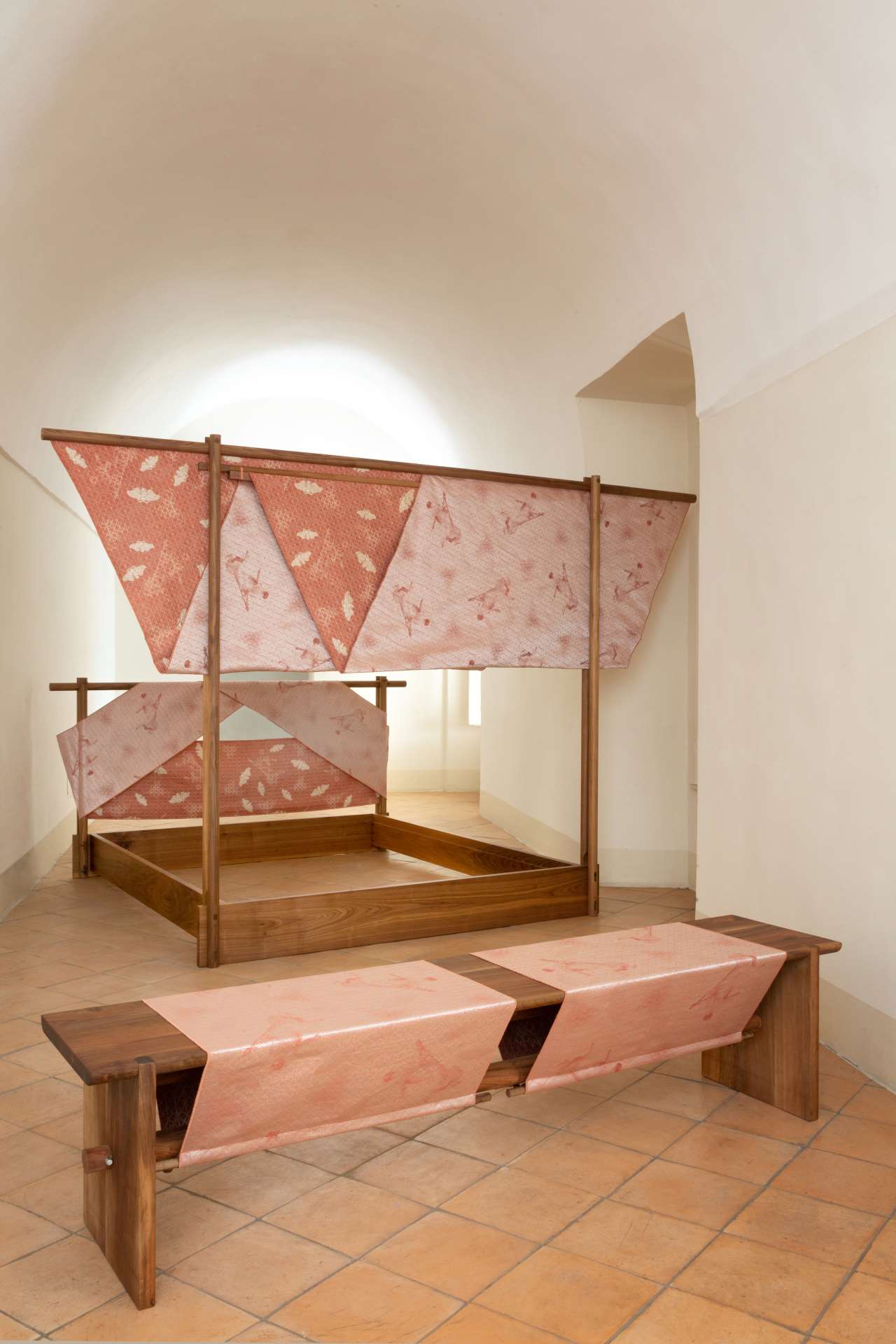
EDIT Napoli exhibition view. Faberhama x Made in EDIT. Photo © Roberto Pierucci.
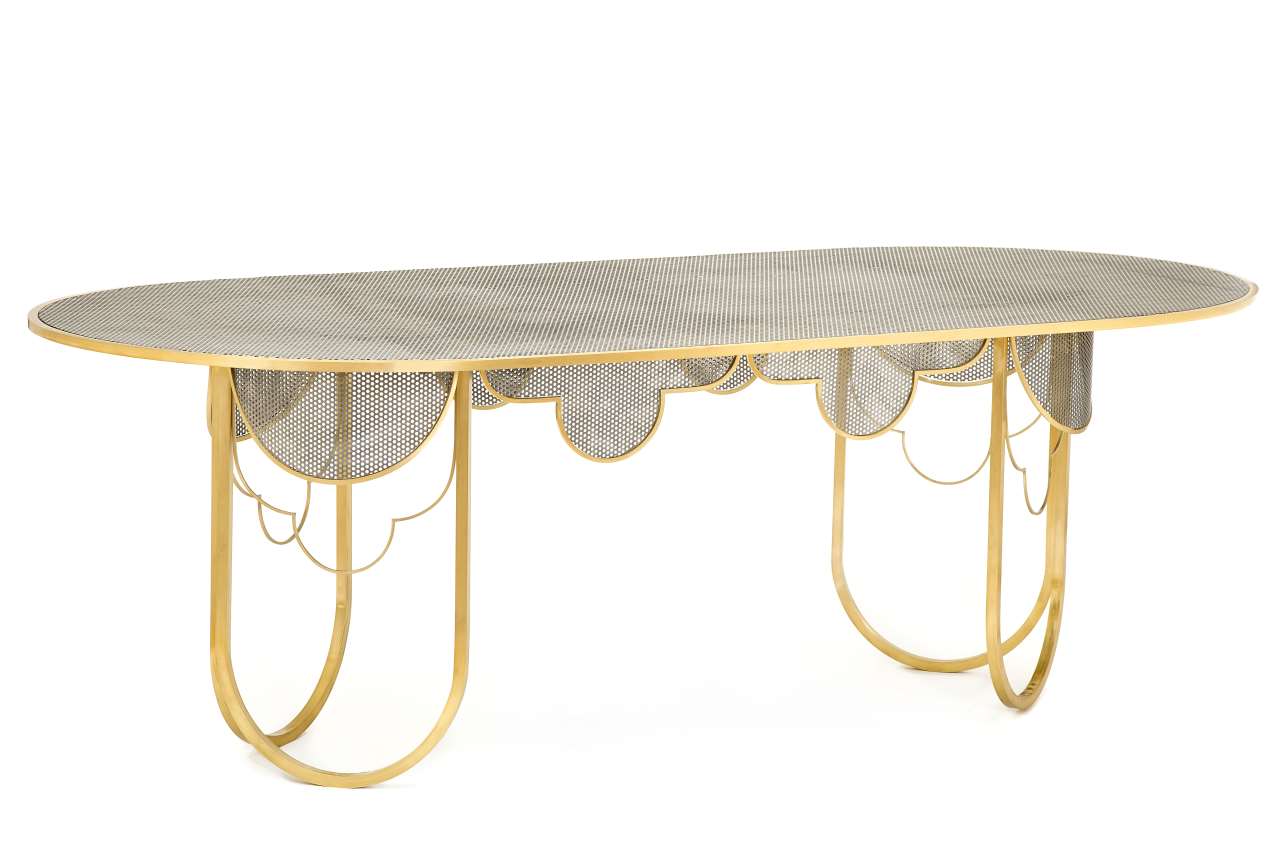
EDIT Napoli, Khaled El Mays x Made in EDIT. Photo © Roberto Pierucci.
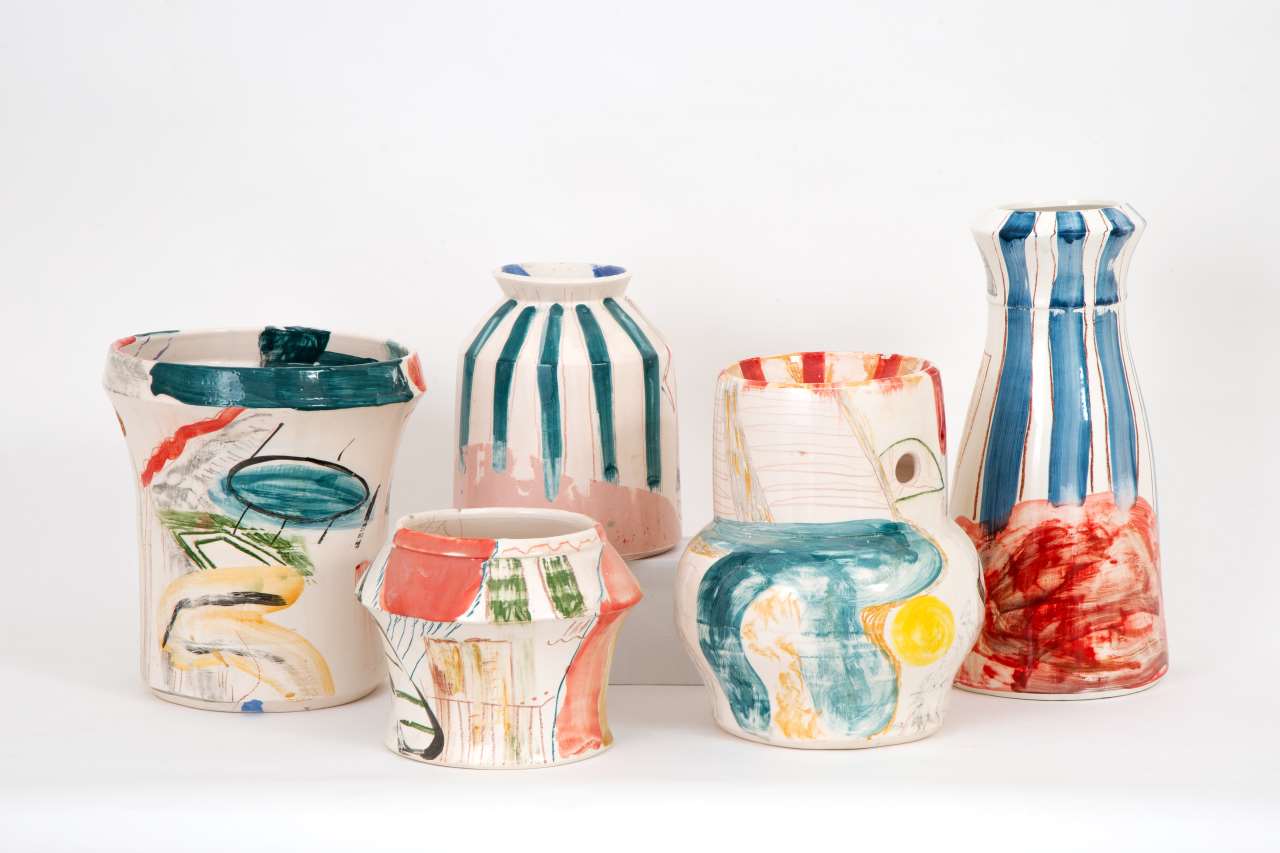
EDIT Napoli, Reinaldo Sanguino x Made in EDIT. Photo © Roberto Pierucci.

EDIT Napoli exhibition view, Reinaldo Sanguino x Made in EDIT. Photo © Roberto Pierucci.
Perhaps the collaboration that most vividly demonstrated the creative synergies between contemporary designers and local artisans was the BICOLORE collection designed by Eindhoven-based design studio BCXSY in collaboration with Italian stone working specialists Laboratorio Morseletto. Taking advantage of Vicenza stone’s distinctive warmth and porosity, the designers shaped the material into cylindrical segments that gently hug obround countertops to create a series of curvaceous tables and consoles including a unique mini bar which was awarded Best Original Product by an international jury. Appearing like a solid piece of sculpted stone, the piece is made up of two interlocking segments that effortlessly slide open to reveal a storage compartment inside.
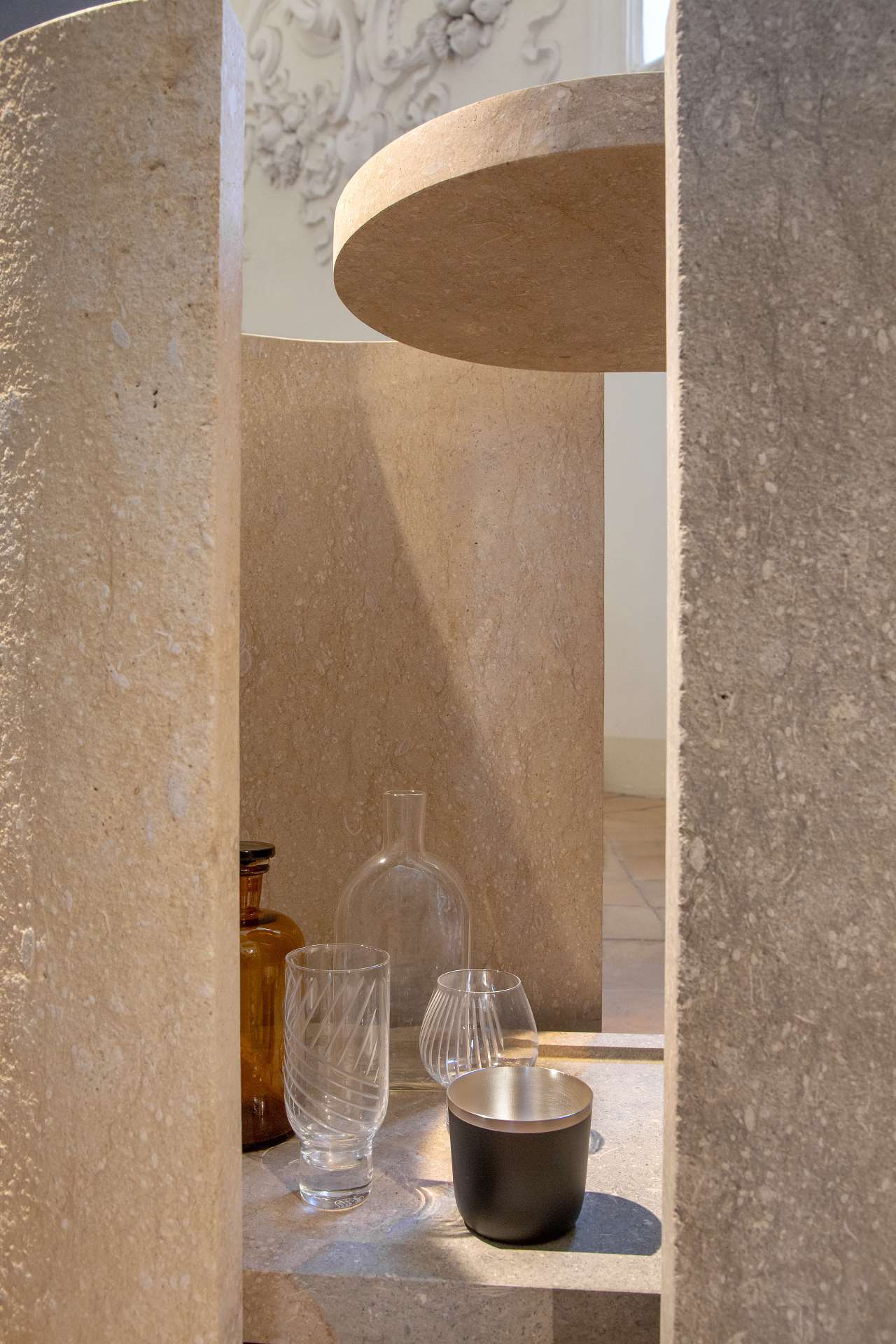
EDIT Napoli exhibition view. BCXSY for Laboratorio Morseletto, Bicolore (mini-bar). Photo © Roberto Pierucci.

EDIT Napoli exhibition view. Nesite with Elisa Ossino. Photo © Roberto Pierucci.

EDIT Napoli exhibition view, Subalterno. Photo © Roberto Pierucci.
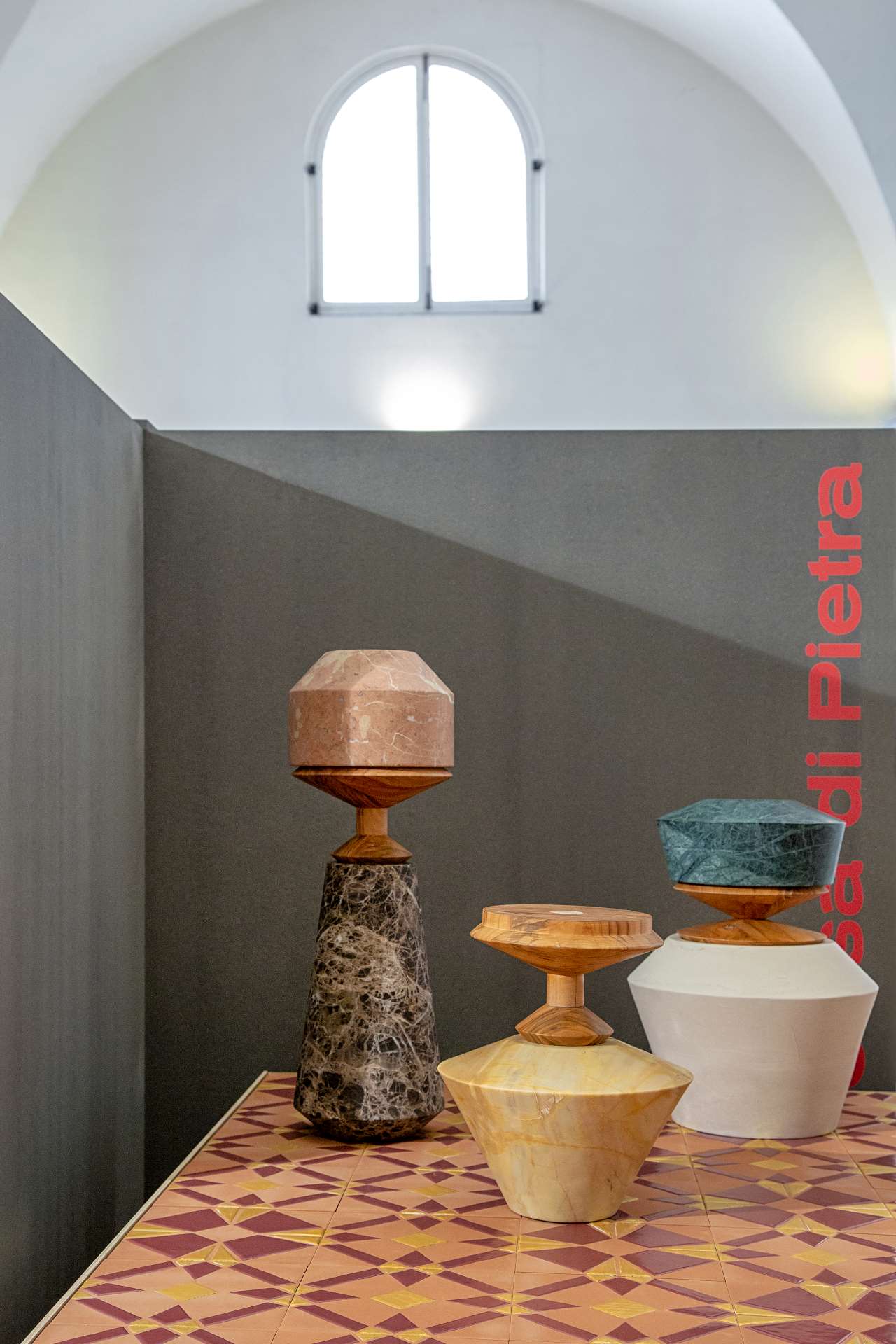
EDIT Napoli exhibition view, La Casa di Pietra. Photo © Roberto Pierucci.
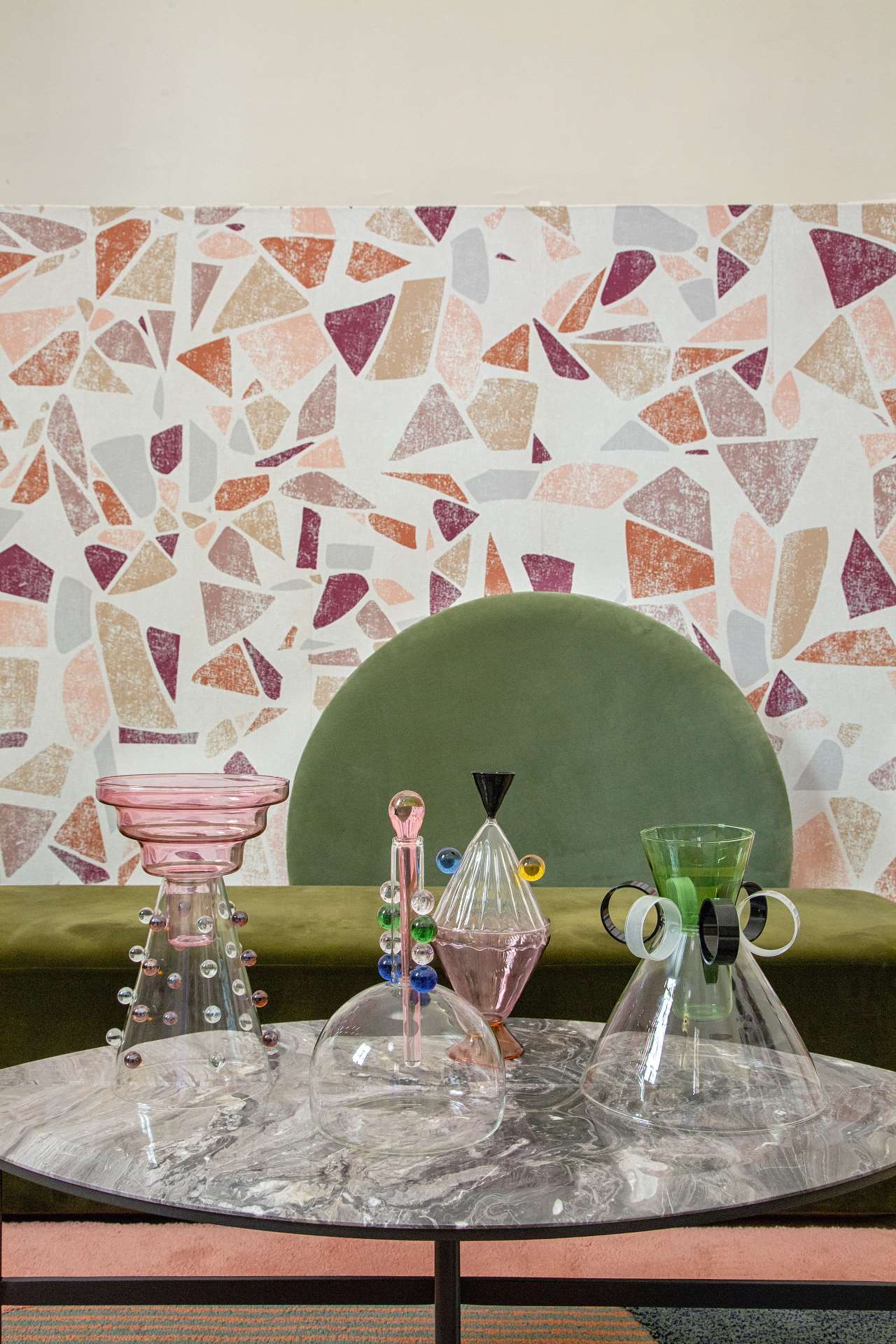
EDIT Napoli exhibition view, 'Arabesque' series of glass vases by Serena Confalonieri, part of Pamono installation. Photo © Roberto Pierucci.
We also liked the eclectically curated installation by design marketplace Pamono, titled “Indie Rock: The New New Wave” which brought together a series of whimsical work by several established and emerging designers that share the industry-defying, designer-led, zany sensibility of the 1980s Italian Memphis Group movement such as the 'Arabesque' series of glass vases by Serena Confalonieri. Taking its name from one of the most famous figures of the ballet, the series is inspired the Triadisches Ballet, an avant-garde performance developed by Bauhaus-resident Oskar Schlemmer in the 1920s. Featuring bulky, geometric costumes designed to restrict the dancers’ movements, the performance’s iconography of circular, triangular and cubic volumes and yellow, pink and black colour palette is reflected in Confalonieri’s designs that combine formal elegance with burlesque sensibility.
While most of the exhibition unfolded in the former monastery’s interior, the venue’s courtyard housed the fair’s culinary corner. Designed by architect Giuliano Andrea dell’Uva as a steel-frame box featuring a ceramic counter and hand-painted fabric partitions, 'Pasticceria Scaturchio 1906' offered visitors traditional Neapolitan deserts and refreshments. Staying on the subject of food, the ‘EDIT Table by Food Confidential’ platform saw chefs, restaurateurs and hoteliers getting together with designers, artisans and entrepreneurs, while ‘EDIT Talks’ focused on Naples and its culinary rituals to initiate discussions about the discipline of design. Naples is after all the birthplace of the most iconic of Italian dishes and best loved comfort food the word over, pizza. So if a Neapolitan recipe can conquer the world, maybe EDIT Napoli’s aspiration to make the city an international hub of contemporary design is not as farfetched as it sounds. We’ll keep you posted!

EDIT Napoli exhibition view, PPPattern + Resli Tale x Made in EDIT. Photo © Roberto Pierucci.
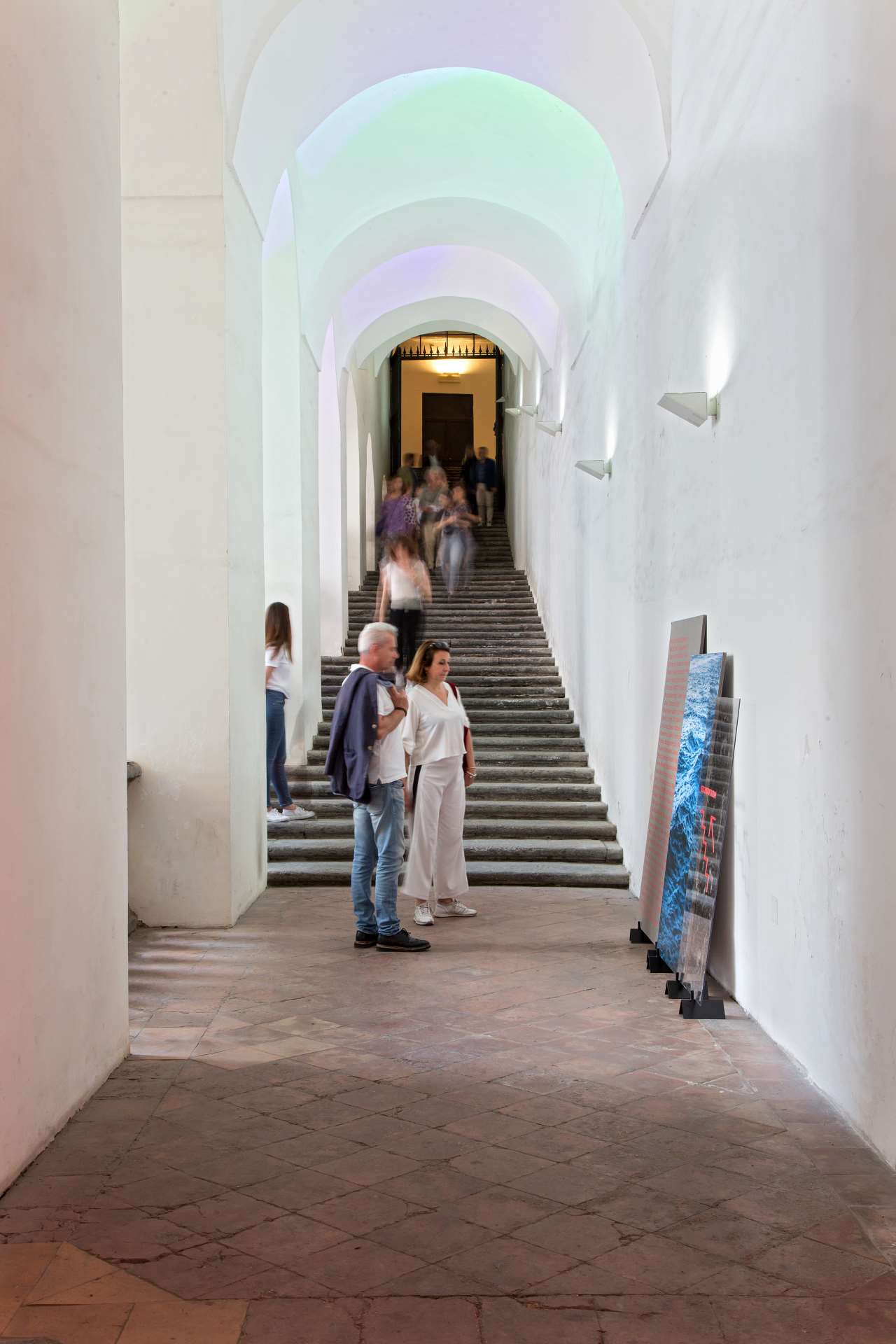
EDIT Napoli, Entrance stairway to the first floor of the S Domenico Maggiore Complex. Photo © Roberto Pierucci.

EDIT Napoli, EDIT Talks. Design Kitchen with Vittorio Venezia. Photo © Roberto Pierucci.

EDIT Napoli, Vico San Domenico Maggiore. Photo © Roberto Pierucci.















